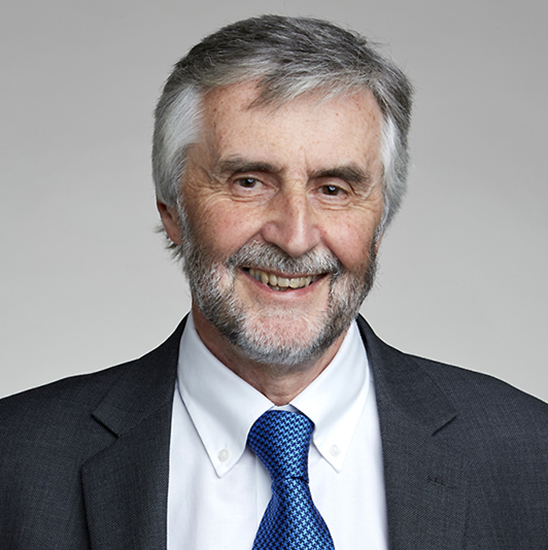Patrick Gill’s research is concerned with laser frequency stabilisation techniques for very high resolution spectroscopy, and the development of leading-edge optical atomic clocks that look to form the basis of a future redefinition of the SI second. These include optical clocks based on laser-cooled single ions confined in radiofrequency traps and neutral atoms held in optical lattices, and which now reach uncertainties below that of the caesium fountain primary frequency standard.
Additionally, he has developed a range of stable lasers and optical metrology instrumentation with application to high technology sectors such as precision engineering and manufacture, space science, satellite navigation, Earth observation, defence and security and optical telecommunications.
Patrick is a Fellow of the Institute of Physics and was awarded the IOP 2008 Thomas Young Medal & Prize for world-leading contributions to optical frequency metrology. He also received the 2007 I.I. Rabi Award from the IEEE International Frequency Control Symposium for contributions to time and frequency metrology and the realisation of single ion optical frequency standards. More recently, his group received the Royal Institute of Navigation’s Duke of Edinburgh Award in 2014 for long term atomic clock development.
Professional position
- Senior NPL Fellow in Time & Frequency, National Physical Laboratory
Subject groups
-
Engineering and Materials Science
Opto-electronics (inc lasers, optical microscopy/imaging, fibre optic component), Space technology, Instrumentation
-
Astronomy and Physics
Lasers and optoelectronics, Nuclear, atomic and molecular physics
Awards
-
Rumford Medal
For his development of optical atomic clocks of exquisite precision, of ultra-stable lasers and of frequency standards for fundamental physics, quantum information processing, space science, satellite navigation and Earth observation.

